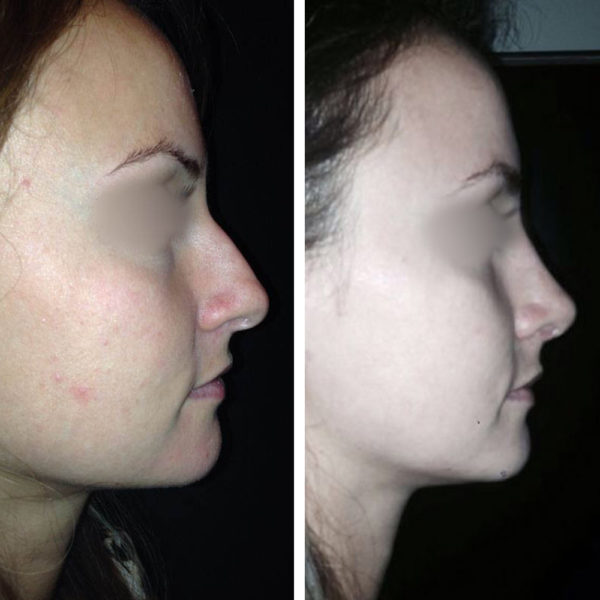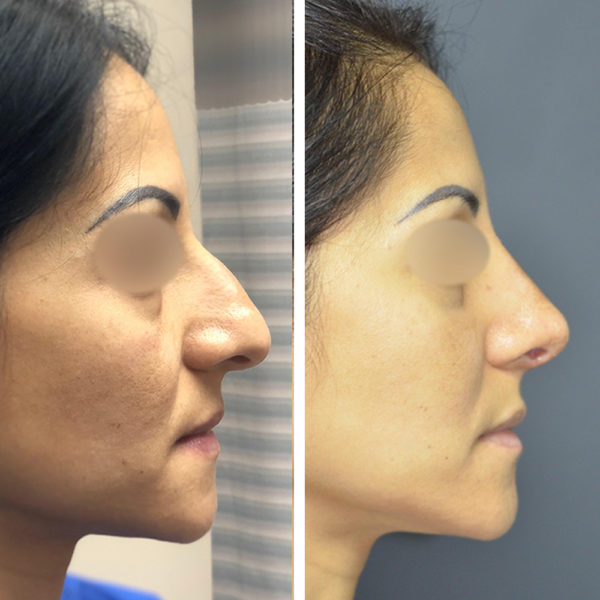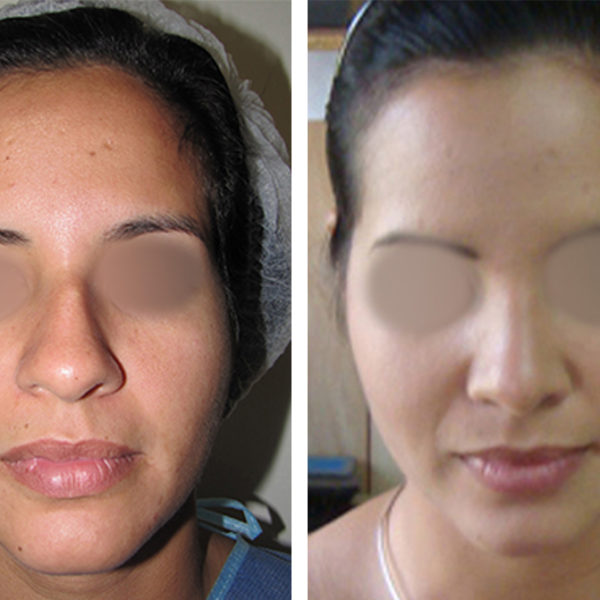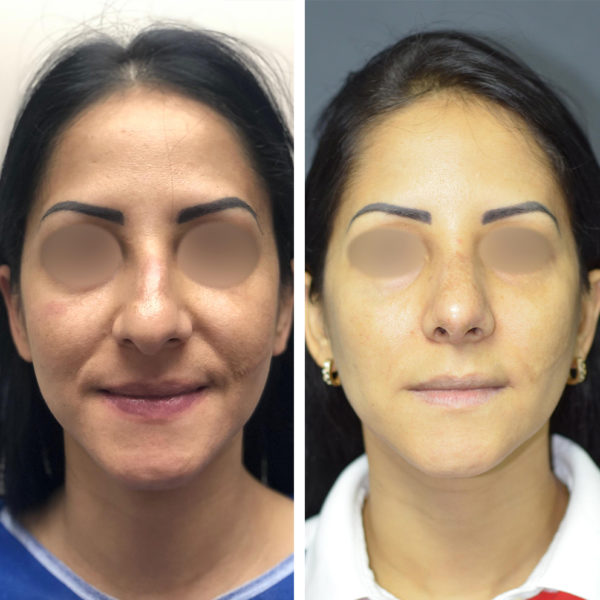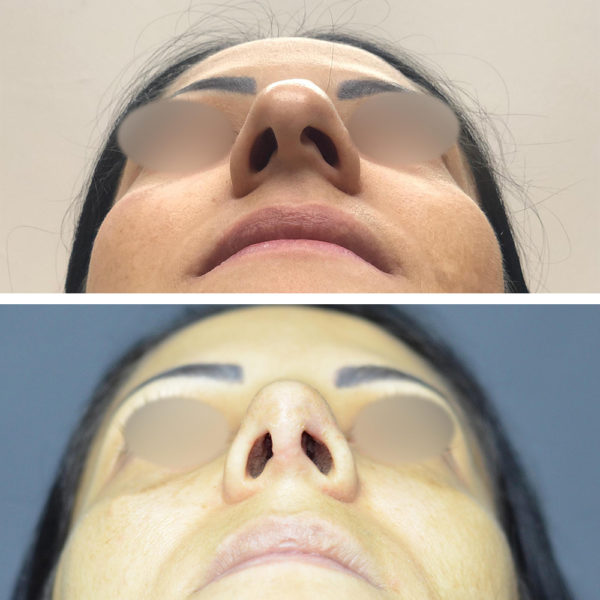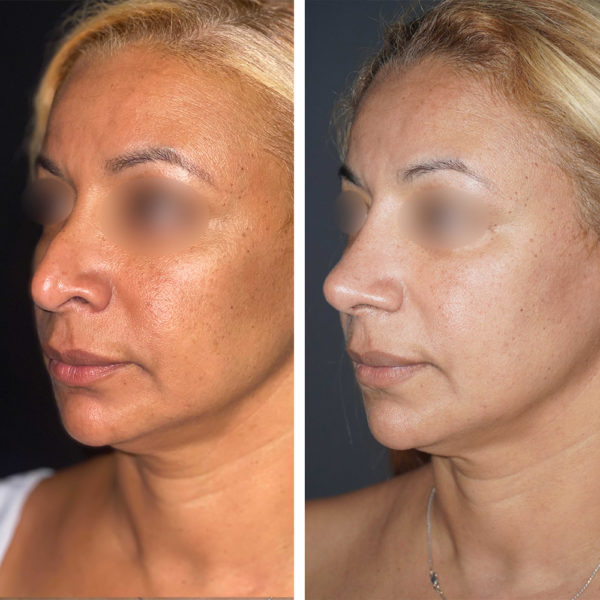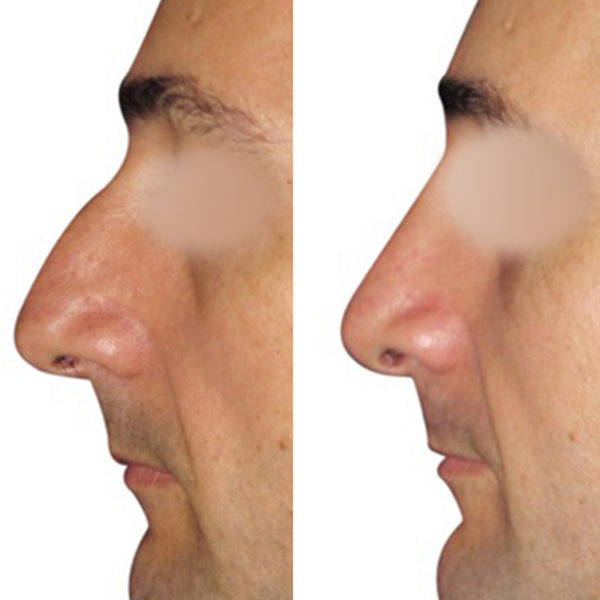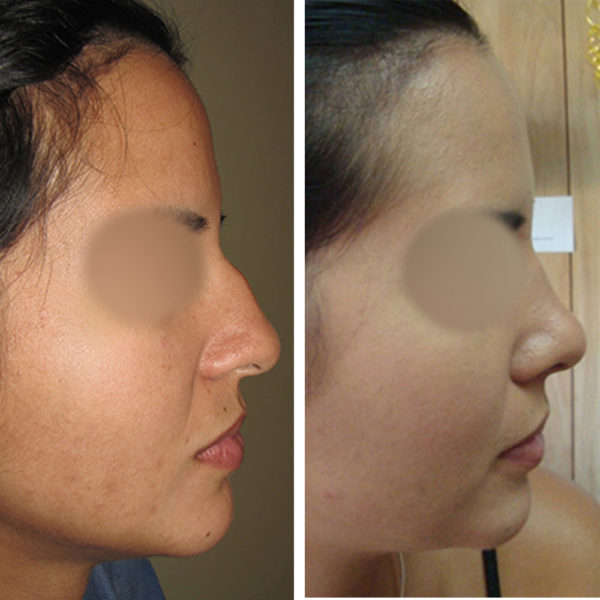Rhinoplasty Overview
Rhinoplasty, commonly referred to as a nose job, is a procedure that seeks to correct different nasal deformities, giving a natural appearance for each type of face. In addition, functional corrections can be made when obstructive problems exist. Rhinoplasty is performed either using a closed procedure—where incisions are hidden inside the nose—or an open procedure, where an incision is made across the columella—the narrow strip of tissue that separates the nostrils.
Through these incisions, the skin that covers the nasal bones and cartilages is gently raised, allowing access to reshape the structure of the nose. The determination for incision placement is based upon the type of nasal reshaping being performed. Request an evaluation today!
Anesthesia
During the Rhinoplasty procedure, anesthesia may be general or intravenous sedation in combination with local anesthesia in the area being treated.
Rhinoplasty Surgery Duration
The Rhinoplasty surgical procedure takes place over an average period of 2 hours or more. However, the surgical procedure time should not be confused with the amount of time the patient will be in the operating room. That amount of time will also include the administering of anesthesia and postoperative recovery.
Hospitalization Period
Under normal circumstances, the hospitalization period is approximately 1 day.
